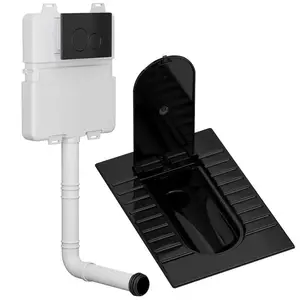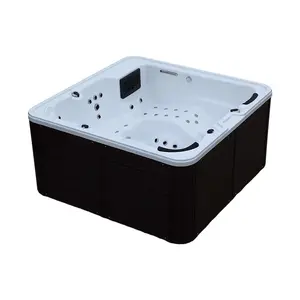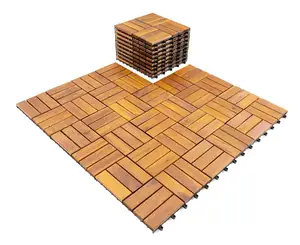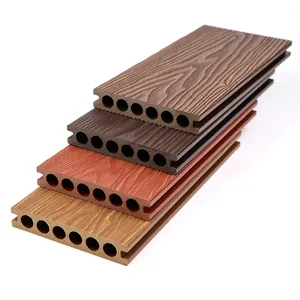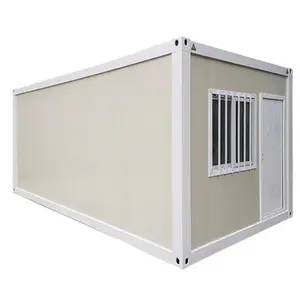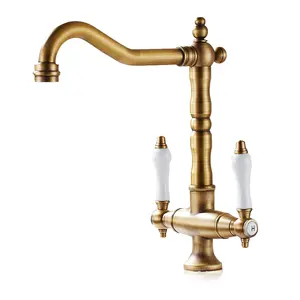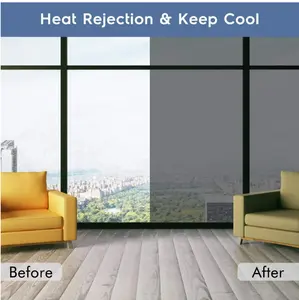Popular in your industry















































































































































Top categories
About mirrored window tint
Introduction
In the quest for enhanced privacy and aesthetic appeal, mirrored window tint has emerged as a popular choice for many homeowners and businesses. This comprehensive guide delves into the world of mirrored window tint, also known as reflective window film, offering a detailed understanding of its functionality, benefits, and types. We'll also explore how it enhances privacy, the factors to consider when choosing the right tint, and the installation process. Furthermore, we'll discuss the maintenance and care required for its longevity, and how to mitigate potential drawbacks.
Understanding Mirrored Window Tint
Mirrored window tint, also known as reflective window film, works based on the balance of light. During daylight, the external side of the film takes on a reflective appearance, providing privacy from the outside. However, the view from the inside out is maintained, with only a slight tinting effect visible. The film allows excellent light transmission, so it doesn't block sunlight from entering your home. At night, if it's dark outside and lights are on inside, the interior side of the film becomes reflective, potentially allowing a view from the outside in.
Benefits of Mirrored Window Tint
Mirrored window tint offers numerous benefits. It enhances privacy, preventing outsiders from peering into your workspace during the day. It also regulates temperature, keeping the room cooler in summer and warmer in winter, which can lead to significant energy savings. The tint blocks damaging UV light, reducing color fade on furniture and products. It also increases security by preventing window shattering during break-ins. Lastly, it enhances the aesthetic appeal of your office, giving it a professional and welcoming look.
How Mirrored Window Tint Enhances Privacy
Mirrored window tint, also known as one-way window film, enhances privacy by offering a high level of daytime privacy. The reflective finish gives the glass a one-way mirror effect when there is more light on one side than the other. This means during the day, people outside can't see in, while you can still see clearly from the inside. However, it's important to note that these types of films do not provide nighttime privacy when it's darker outside than inside. The one-way mirror effect essentially gets reversed when the light outside disappears and lights get turned on inside.
Types of Mirrored Window Tint
Mirrored window tint comes in various types, each with unique features. The Mirror Reflective Film is an excellent choice for daytime privacy. The Metallic Reflective Film offers daytime privacy with a more toned-down look than a full mirror. The Dual Reflective Film is ideal for maintaining privacy while also enjoying great views from inside your home day and night. Each type of mirrored window tint has different brand options and strength of tint, making it essential to choose the right one for your needs.
Choosing the Right Mirrored Window Tint
Choosing the right mirrored window tint involves several considerations. First, define your window objectives. This could be privacy, security, UV light filtering, or sun glare. Next, consider the style and shade of the window tint. There are numerous window tint shades to choose from, some provide transparency while blocking sunlight, others are barely noticeable. Lastly, consider the quality of the window film. Premium quality window films are less prone to fade over time, so they last longer. For instance, industry-leading window films are known for their quality.
Installation Process of Mirrored Window Tint
Installing mirrored window tint involves several steps. First, cut the film slightly larger than the glass for ease of application. Ensure your workspace is clean to avoid dust particles sticking to the film. Wet the glass surface before applying the film to prevent immediate sticking and allow for adjustments. After removing the protective layer, apply the film, starting from the center to push out wrinkles and bubbles. Once applied, trim the extra film from the edges. Be mindful that lifting the film can stretch it and increase the chance of dust getting underneath, causing noticeable bumps.
Maintenance and Care for Mirrored Window Tint
Maintaining mirrored window tint is crucial for its longevity. After installation, allow the film to cure completely, which may take up to a week. Avoid cleaning the film for at least 30 days to ensure the adhesive isn't affected. Use an ammonia-free solution for cleaning. Wipe with a soft cloth or high-quality paper towel, avoiding coarse ones that may scratch the film. Excess moisture or debris along the edges should be wiped off to prevent adhesive breakdown. Avoid ammonia-based cleaners, abrasive solutions, and sharp instruments that may damage the film.
Potential Drawbacks and How to Mitigate Them
While mirrored window tint offers numerous benefits, it also has potential drawbacks. At night, the film's privacy effect diminishes when room lights are on. In winter, the film may reflect weak sunlight, requiring more heating to maintain room temperatures. Also, highly reflective window tint can cause discomfort to neighbors by reflecting light into their homes or from passing traffic. However, these issues can be mitigated by using lower-reflectivity film and considering the film's placement and orientation.
Conclusion
Mirrored window tint is a versatile solution that offers a multitude of benefits, from enhanced privacy and security to energy savings and aesthetic appeal. However, it's crucial to choose the right type based on your specific needs and to understand its limitations, particularly regarding nighttime privacy. Proper installation and maintenance are key to ensuring its longevity and effectiveness. Despite potential drawbacks, with careful consideration and planning, mirrored window tint can be a valuable addition to your home or office, providing a balance of privacy, comfort, and style.
